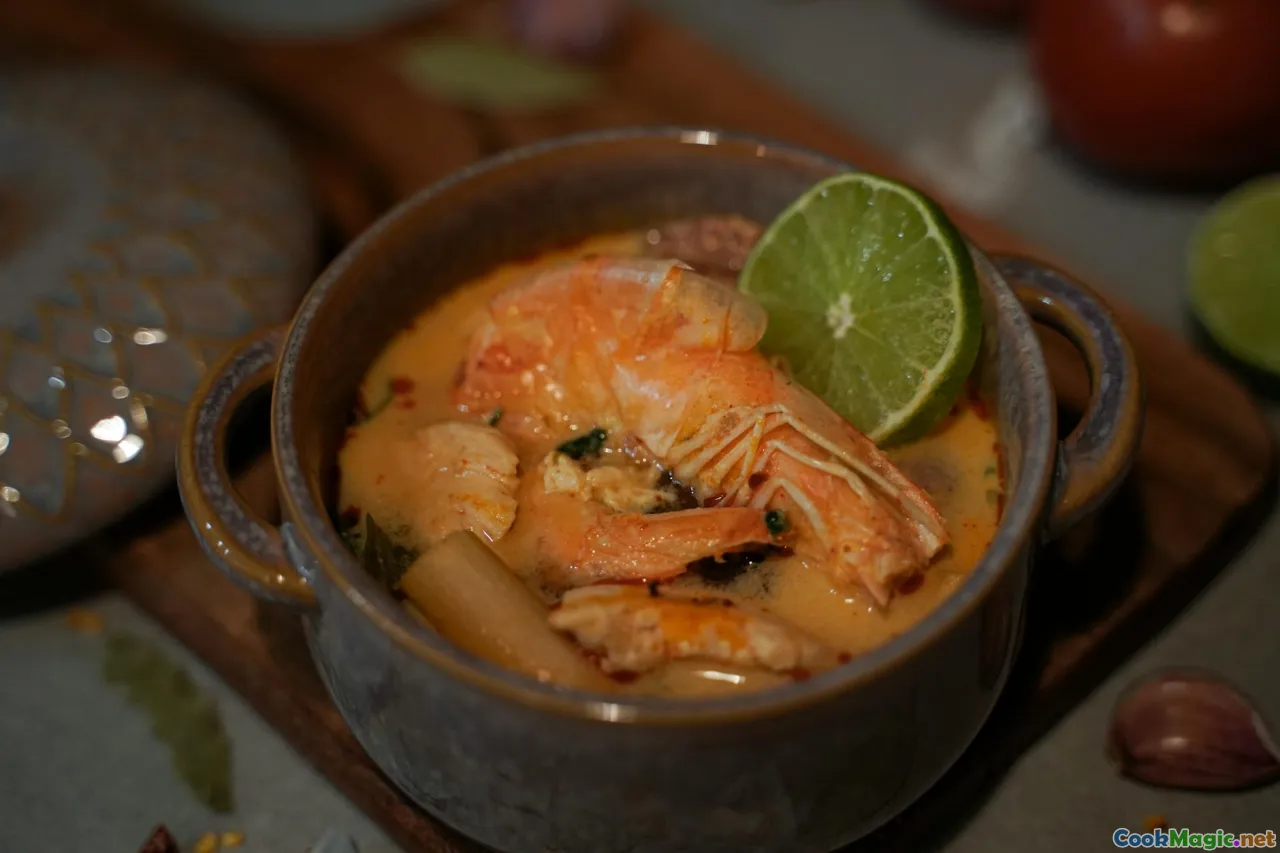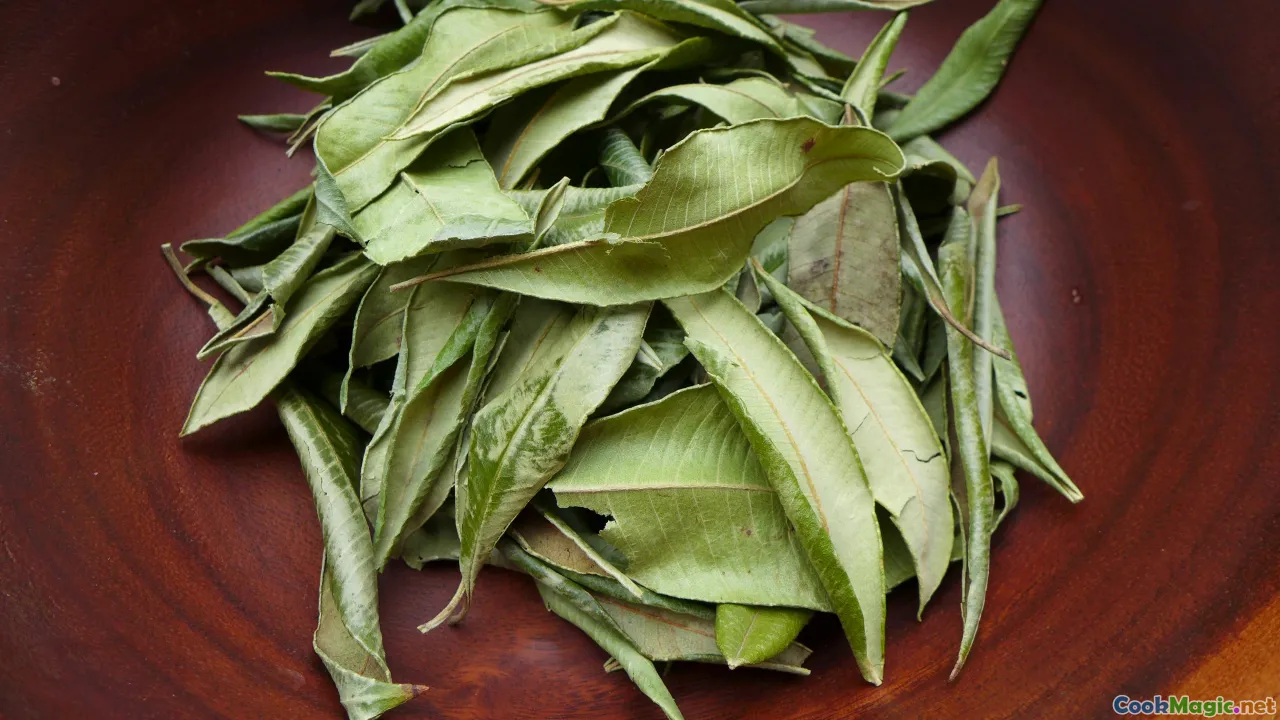Understanding Thai Herbs and Their Culinary Uses
11 min read Explore essential Thai herbs and learn how they elevate authentic dishes with vibrant flavors and aroma. July 27, 2025 15:05
Understanding Thai Herbs and Their Culinary Uses
Imagine walking into a bustling Thai market at dawn: vibrant stalls bursting with lush greens, fragrant baskets of herbs perfuming the air with notes of citrus, spice, and earthy richness. The symphony of fresh herbs is at the heart of Thai cuisine’s magic, transcending mere flavor to evoke emotion, cultural identity, and centuries of culinary tradition. For the passionate home cook or professional chef alike, understanding these herbs—how they are cultivated, their storied histories, and their versatile uses—can elevate your dishes from good to truly extraordinary.
Join me as we delve into the verdant world of Thai herbs, uncovering their secrets, aromas, and the unique touch they bring to every Thai plate.
The Foundations of Thai Herbal Cuisine
Thai cooking is a delicate balance of flavors—sweet, sour, salty, bitter, and umami—that harmonize through masterful use of fresh herbs and spices. In many traditional Thai dishes, herbs are not garnish; they are the main characters that unlock layers of aroma and taste. The key herbs—such as lemongrass, kaffir lime leaves, Thai basil, and cilantro—are cultivated not only for flavor but also for their medicinal and cultural significance.

Lemongrass: The Citrusy Backbone of Thai Flavors
Lemongrass (
Personal tip: Fresh lemongrass should be pale green or white at the base, firm, with a slightly fibrous exterior. Grinding or pounding it helps release its essential oils, imparting an authentic aroma. When used in dishes, keep whole stalks in soups and bruise them gently for maximum flavor extraction.

Kaffir Lime Leaves: The Zest of Thai Cuisine
Kaffir lime leaves (
The intense scent of these leaves ignites memories of Thai street food stalls, where the air mingles with the warmth of spices and the tang of fresh herbs. Incorporating these leaves requires a careful touch: add whole leaves during cooking and remove before serving, allowing their zeric essence to infuse the dishes.

Thai Basil: Spicy, Sweet, and Anisic
Thai basil (
Fresh Thai basil is resilient, maintaining a peppery bite even after cooking, adding a spicy sweetness that contrasts beautifully with chili heat. A personal insight—adding fresh Thai basil leaves just before serving preserves their aroma and visual vibrancy, offering that fleeting burst of flavor consumers crave.

Cilantro: The Bright Counterpoint
Cilantro (coriander) plays a vital role in Thai cuisine—both as a foundation flavor and as a fresh garnish. The leaves impart a slightly lemony zest that brightly accents soups, salads, and dipping sauces. Notably, Thai dishes often combine cilantro with mint and green onions, enriching layers of fresh herbal complexity.
Tip for enthusiasts: Use cilantro stems along with the leaves—they hold much of the herb’s aromatic oils and are equally flavorful in broths and marinades.

Exploring Less-Known but Essential Thai Herbs
Beyond the familiar, many lesser-known herbs elevate Thai dishes with unique profiles:
- Sawtooth Herb (Labu herb): Offers a slightly bitter, peppery flavor, often used in salads and spicy dips.
- Holy Basil (Tsook): Slightly more pungent and spicy than Thai basil, it’s the star in Phat Kaphrao, where its aromatic leaf is essential.
- Bird’s Eye Chili: While technically a spice, its herbal essence and heat pair beautifully with herbal sauces.
Understanding and experimenting with these herbs can deepen your appreciation for Thai food’s complex herbal tapestry.

How to Source and Store Thai Herbs
Authentic Thai flavors begin with quality herbs. Finding fresh herbs is often best achieved at local Asian markets or specialty stores that stock Thai ingredients. When sourcing:
- Look for vivid, unblemished leaves and firm stems.
- Avoid wilting, yellowed, or slimy herbs.
- Consider growing your own in a sunny window—many herbs like Thai basil and lemongrass thrive indoors.
Storage tips:
- Wrap herbs in a slightly damp paper towel and place them in a resealable plastic bag in the refrigerator.
- For longer shelf life, you can freeze herbs—blend with a little water or oil into ice cube trays.
Personal experience: Growing Thai herbs at home offers an unparalleled aromatic connection and a continuous supply for spontaneous cooking adventures.

Cultivating Personal Connections Through Herbs
In Thai culture, herbs are more than ingredients—they symbolize spiritual and familial ties. Traditional herbal knowledge, passed through generations, reflects a holistic approach to health and culinary arts, intertwining flavors with wellness.
Cooking with herbs like lemongrass or basil isn’t just about taste; it’s about honoring tradition and connecting with local communities. Many street vendors toast their herbs on charcoal before adding them to dishes, imparting a smoky depth that you can emulate by roasting or dry-frying herbs at home.
A Personal Journey: Embracing Thai Herbs in My Kitchen
My first foray into authentic Thai cooking began with a trip to Chiang Mai’s vibrant Night Bazaar, where I wandered amid staggering stalls of fresh herbs. The scent of fresh kaffir lime leaves mixing with star anise and cumin set my senses aflame.
I returned home, eager to recreate the magic. Learning to peel and bruise lemongrass, to tear basil leaves gently to preserve aroma, changed my approach to cooking. Each dish became a small appreciation of Thailand’s culinary craftsmanship, organic stories told through vibrant herbs.
Through consistent experimentation, I’ve come to cherish the subtle dance these herbs introduce—a splash of brightness, an undertone of spice, a whisper of earthiness. They transform simple ingredients into dishes that sing with authenticity.
Embracing Thai Herbs: Wrapping Up a Flavorful Journey
Understanding and respecting Thai herbs isn’t merely a technical venture; it’s an immersion into a rich sensory and cultural experience. Mastering the use of these herbs opens a door to Thai cuisine’s soul—its history, scenery, and people.
So, I invite you to start your journey—visit a market, pick a fresh sprig of basil or lemongrass, and let its aroma guide your culinary adventure. With each fresh herb, you breathe life into authentic Thai dishes, creating a soulful connection that transcends ingredients, resonating with centuries of tradition.
Happy cooking—and may your kitchen be forever fragrant with the vibrant spirit of Thailand!









